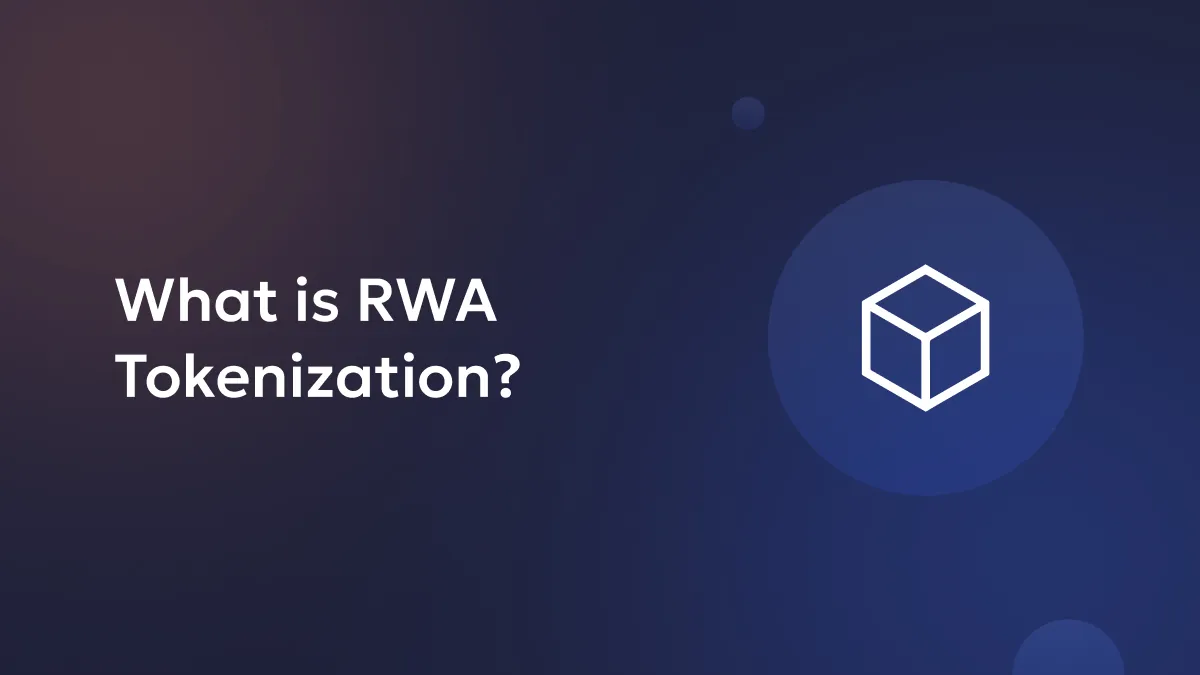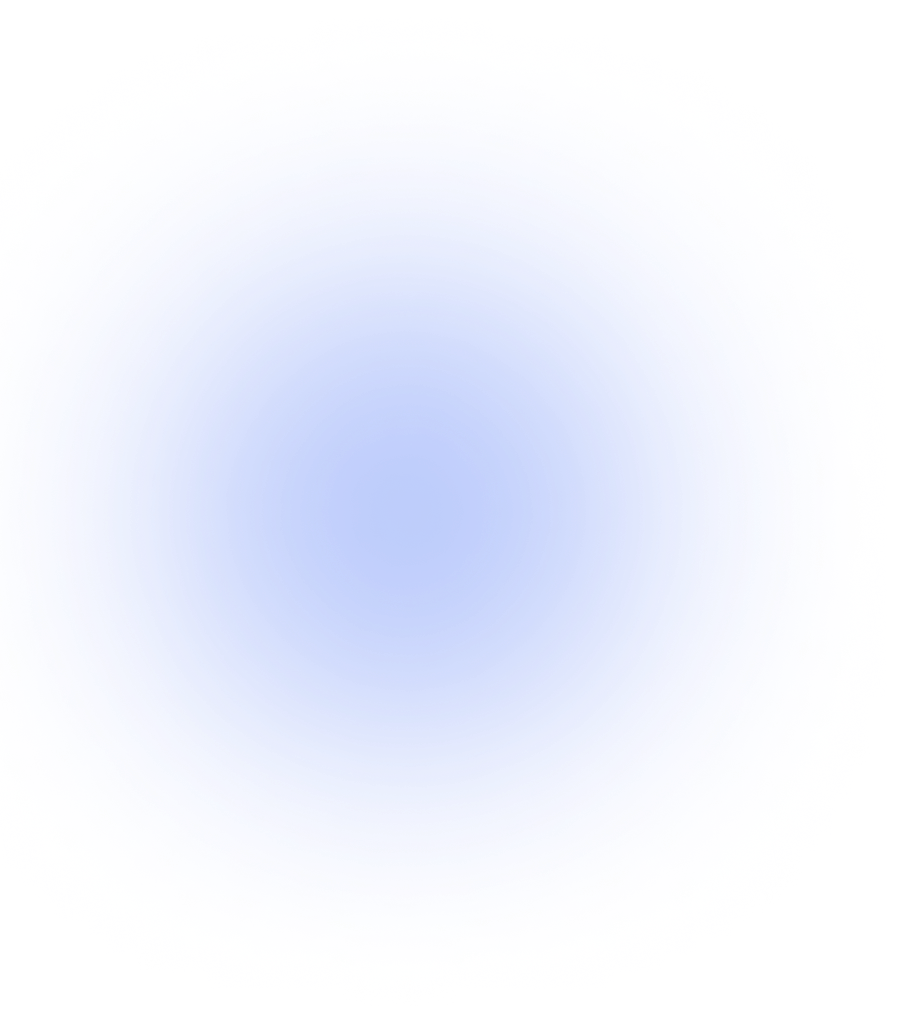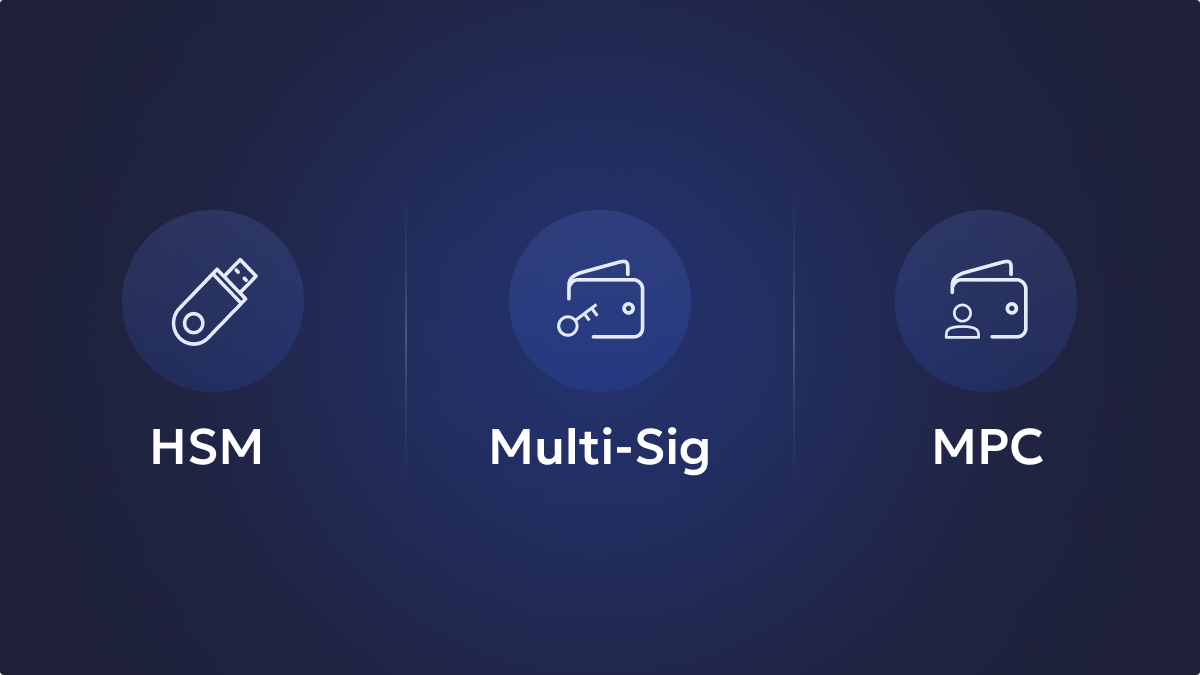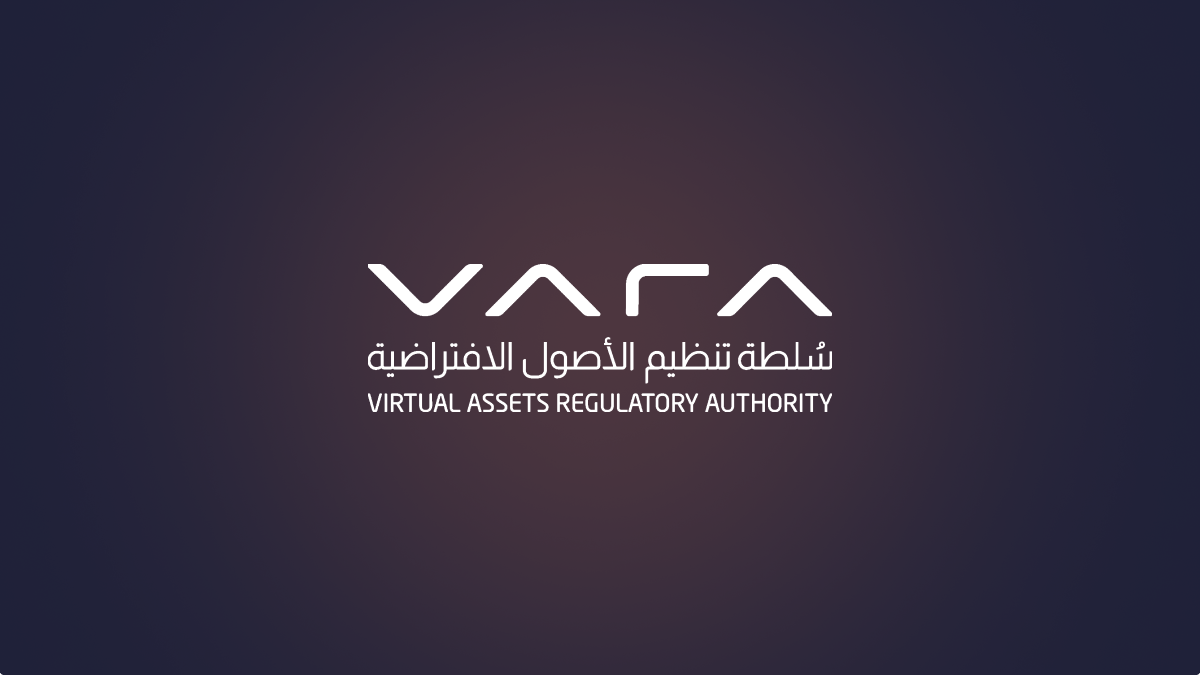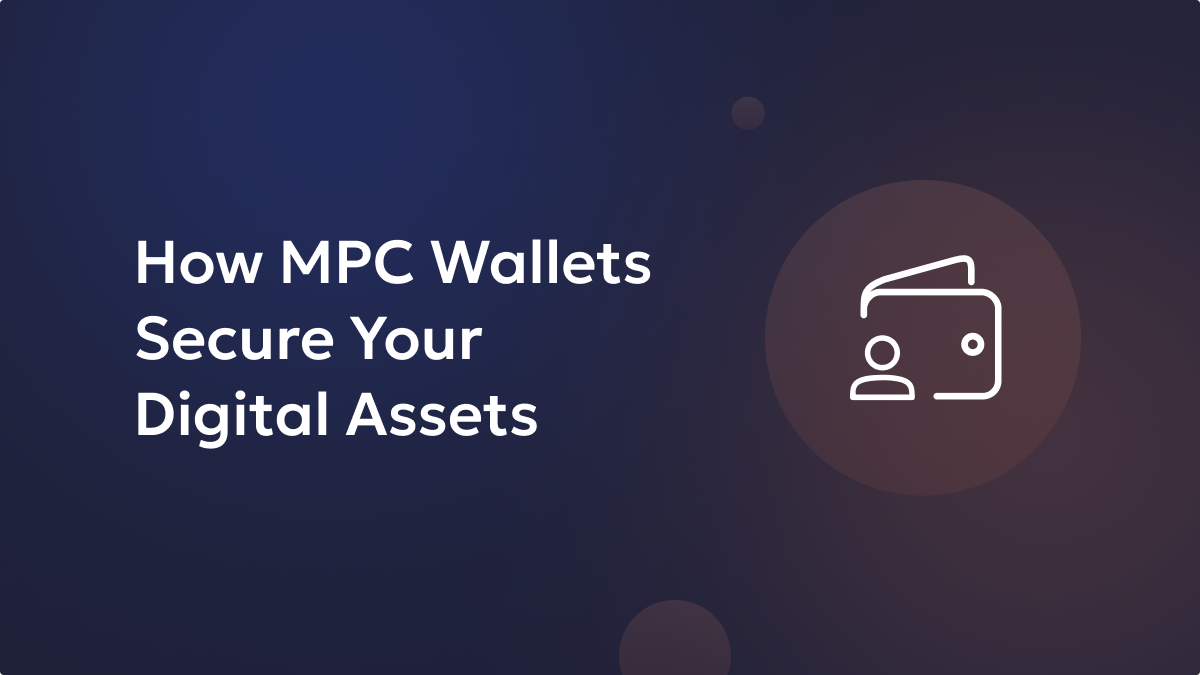Have you ever wanted to invest in a piece of real estate or a rare artwork, but felt discouraged by the high cost or lack of accessibility? Real-world asset (RWA) tokenization is a revolutionary new technology that is changing the way we invest in traditional assets. By leveraging blockchain technology, RWA tokenization allows us to convert physical assets into digital tokens, opening up a world of new possibilities for investors and asset owners alike.
Key Takeaways
- RWA tokenization is the process of converting real-world assets into digital tokens on a blockchain.
- This allows for easier buying, selling, and fractional ownership of assets that were previously illiquid.
- RWA tokenization offers several benefits, including increased liquidity, transparency, accessibility, real-time settlement, and reduced administrative costs.
- RWA tokenization has the potential to revolutionize various industries, including real estate, art, and finance.
What is RWA Tokenization?
RWA tokenization involves transforming tangible assets like real estate into digital tokens on a blockchain. Think of it as dividing a piece of real estate into digital shares, similar to how a company’s stock is segmented. Each token represents a fraction of ownership in the underlying asset, enabling fractional ownership and liquidity in traditionally illiquid markets. By leveraging blockchain technology, which provides a secure and transparent digital ledger, RWA tokenization introduces a novel way to represent and trade real-world assets.
Protocols Leveraging Asset Tokenization and Fungibility:
Several blockchain protocols have emerged as leaders in asset tokenization, each addressing fungibility in different ways:
- Ethereum (ERC-20/ERC-721): Ethereum’s ERC-20 standard is widely used for creating fungible tokens that represent ownership of fractional assets. These tokens are interchangeable and can be traded on cryptocurrency exchanges. In contrast, ERC-721 tokens are non-fungible tokens (NFTs) that represent unique assets and have distinct characteristics, such as digital collectibles or unique pieces of art.
- Polkadot: Polkadot’s interoperable blockchain platform supports various token standards and allows for the creation of both fungible and non-fungible tokens across its parachains. This flexibility enables asset tokenization with tailored features and functionalities, catering to diverse use cases.
- Tezos: Tezos utilizes its smart contract platform to enable the creation of fungible and non-fungible tokens. Fungible tokens on Tezos represent divisible ownership stakes in assets, while non-fungible tokens can signify unique assets with specific attributes, ensuring versatility in asset tokenization.
- Algorand: Algorand’s Layer-1 blockchain infrastructure supports the issuance of both fungible and non-fungible tokens. Fungible tokens on Algorand facilitate seamless trading and ownership transfer of fractionalized assets, benefiting from Algorand’s high transaction throughput and low latency.
How Does RWA Tokenization Work?
The process of RWA tokenization typically involves several steps:
- Asset Identification and Valuation: The real-world asset is identified and its value is determined by a qualified professional.
- Tokenization Process: The asset is then tokenized on a blockchain platform. This involves creating digital tokens that represent fractional ownership of the asset.
- Regulatory Compliance: Depending on the jurisdiction, there may be specific regulatory requirements that need to be met.
- Secondary Market Creation: A platform is established for investors to buy and sell the RWA tokens. This can be a dedicated platform or a decentralized exchange.
Benefits of Real-World Asset Tokenization
RWA tokenization offers a multitude of benefits for both investors and asset owners. Let’s explore some of the key advantages:
- Liquidity: Traditionally, real-world assets like real estate or art have been illiquid, meaning they can be difficult to buy and sell quickly. RWA tokenization fragments these assets into smaller, more manageable tokens, making them easier to trade on a secondary market. This increased liquidity benefits both investors seeking to enter or exit a position and asset owners who can unlock the value of their assets more easily.
- Transparency: Blockchain technology provides a transparent and immutable record of ownership and transaction history for RWA tokens. This allows investors to have greater confidence in the authenticity and ownership of the underlying asset. Additionally, the automated nature of smart contracts on a blockchain can streamline processes and reduce the risk of errors or fraud.
- Accessibility or Flexible Asset Management: RWA tokenization allows for fractional ownership of assets. This means that investors with limited capital can now participate in ownership of high-value assets that were previously out of reach. This opens up a wider range of investment opportunities for a broader audience.
- Real-time Settlement: Traditional asset transactions can be slow and cumbersome, often taking days or even weeks to settle. RWA tokenization leverages the efficiency of blockchain technology to facilitate real-time settlement of trades. This eliminates delays and reduces counterparty risk.
- Reduced Administrative Costs: The automation of processes through smart contracts and the elimination of intermediaries can significantly reduce administrative costs associated with traditional asset management. This benefit translates into lower fees for investors and asset owners.
Real-World Asset (RWA) Tokenization in DeFi
Decentralized Finance (DeFi) is a rapidly growing ecosystem of financial applications built on blockchain technology. RWA tokenization plays a crucial role in DeFi by enabling the creation of new financial products and services. For example, DeFi platforms can use RWA tokens as collateral for loans, opening up new avenues for borrowing and lending.
Use Cases of Real-World Asset (RWA) Tokenization
The potential applications of RWA tokenization extend far beyond traditional asset classes. Here are a few examples:
- Real-Estate Tokenization: Real estate is a prime candidate for RWA tokenization. By tokenizing properties, investors can gain exposure to the real estate market with a lower investment amount. This can democratize access to real estate investment and provide greater liquidity for property owners.
- Artwork and Collectibles Tokenization: High-value artworks and collectibles can be tokenized, allowing for fractional ownership and easier trading. This can unlock the value of these assets for a broader audience of investors who wouldn’t be able to afford the entire piece outright. Additionally, tokenization can enhance the provenance and authenticity of artworks, reducing the risk of forgery and fraud.
- Infrastructure and Asset-Backed Financing: RWA tokenization can be used to finance infrastructure projects. By tokenizing the future revenue stream of an infrastructure project, such as a toll road or renewable energy plant, investors can gain exposure to the project’s potential returns. This can unlock new sources of funding for critical infrastructure development.
Conclusion
RWA tokenization is a transformative technology with the potential to revolutionize the way we invest in and manage real-world assets. By leveraging the power of blockchain technology, RWA tokenization offers increased liquidity, transparency, accessibility, and efficiency. As the technology matures and regulatory frameworks evolve, we can expect to see even wider adoption of RWA tokenization across various industries. This will create exciting new opportunities for investors, asset owners, and the financial system as a whole.
Additional Considerations
While RWA tokenization offers a promising future, it’s important to acknowledge some ongoing considerations:
- Regulation: The regulatory landscape surrounding RWA tokenization is still evolving. Investors and asset owners should carefully consider the regulatory environment in their jurisdiction before participating in RWA tokenization activities.
- Technology Adoption:The technology behind RWA tokenization is still under development. Investors should be aware of the potential risks associated with new technologies, such as security vulnerabilities and technical complexities.
- Market Volatility: As with any investment, RWA tokens are subject to market fluctuations. Investors should conduct thorough due diligence and understand the underlying asset and associated risks before investing.
Despite these considerations, RWA tokenization presents a significant leap forward in the world of asset ownership and investment. With careful planning and continued innovation, RWA tokenization has the potential to create a more inclusive, efficient, and transparent financial ecosystem for all.

